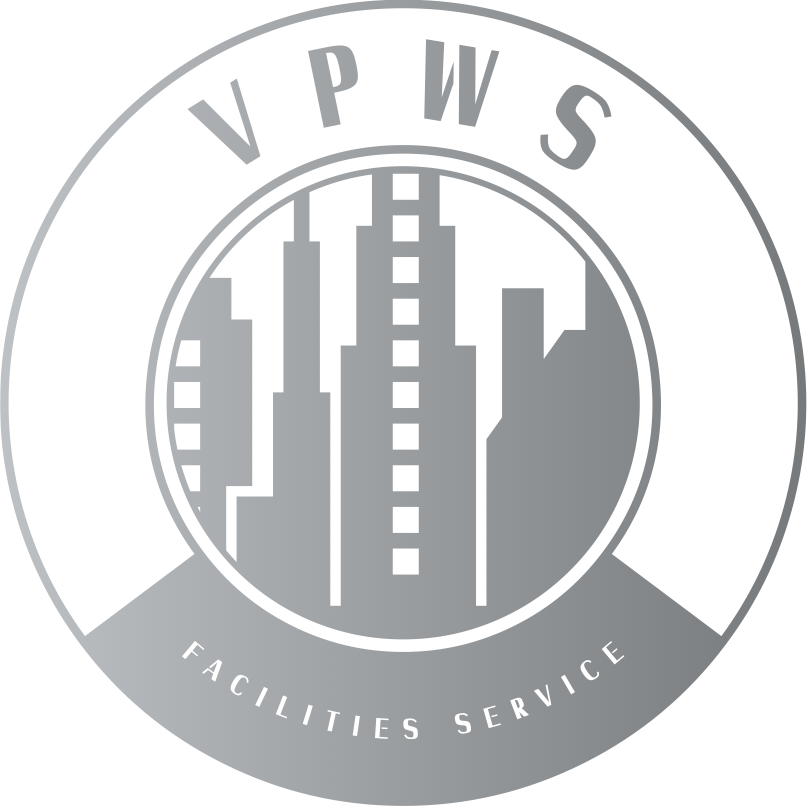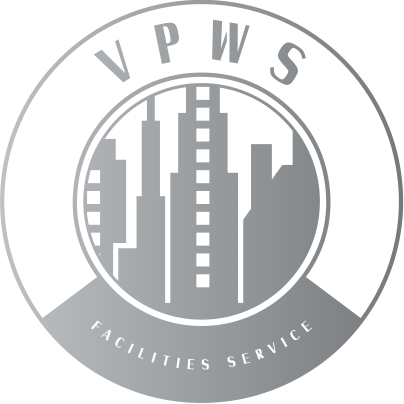Choosing the Right Products for Medical Office Cleaning
Medical offices and healthcare facilities must maintain impeccable cleanliness. The right cleaning products ensure patient safety and effective cleaning can prevent infections and enhance patient trust. Understanding the right products can lead to a safer, more efficient cleaning process. Additionally, maintaining cleanliness helps comply with regulatory standards and avoid potential legal liabilities. A clean environment also contributes to the overall patient experience, influencing their perception of their care.
Understanding the Needs of a Medical Office
Medical offices require high standards of cleanliness. Areas like exam rooms, waiting areas, and restrooms need special attention. These spaces differ from other commercial areas due to their usage and exposure to pathogens. Specific protocols and products must be used to meet the rigorous hygiene standards required in medical settings. Ensuring cleanliness in these areas is vital for preventing healthcare-associated infections (HAIs), which can have severe consequences for patients and healthcare providers.
Types of Cleaning Products
Different products serve specific purposes, ensuring comprehensive cleanliness across various areas. Understanding the role of each type of product helps in creating an effective cleaning regimen that meets medical standards. Here's a closer look at the cleaning products needed for medical offices.
Disinfectants
Disinfectants kill germs and are crucial in medical offices. They eliminate bacteria, viruses, and fungi. Common disinfectants include bleach and alcohol-based solutions. Proper use of disinfectants can prevent the spread of infections and ensure a sterile environment. Selecting the proper disinfectants involves understanding their chemical properties and ensuring they are suitable for the surfaces and equipment in the medical office.
Detergents
Detergents remove dirt and grime from surfaces. They are essential before using disinfectants. Look for detergents that are safe for medical environments. These products help prepare surfaces for further disinfection, ensuring maximum cleanliness. Detergents that are effective in breaking down organic matter are particularly useful in medical settings, where bodily fluids and other contaminants are common.
Surface Cleaners
Surface cleaners are used for routine cleaning. They maintain cleanliness in non-critical areas. Examples include multi-surface cleaners and sanitizing wipes. Regular use of surface cleaners can reduce the buildup of dirt and germs, keep a clean appearance, and reduce contamination risks. They are handy for high-touch surfaces like doorknobs, counters, and chairs, which can harbor pathogens if not cleaned regularly.
Choosing the Right Disinfectants
Consider efficacy and safety when choosing disinfectants. They should cover a broad spectrum of activity and be safe for frequent use around patients and staff. Effective options include hydrogen peroxide-based cleaners. Follow guidelines from health authorities like the CDC to select approved and effective disinfectants that align with current health standards. It's also important to consider the contact time required for disinfectants to be effective, ensuring that they are left on surfaces long enough to kill harmful microorganisms.
Green Cleaning Products
Eco-friendly cleaning products reduce chemical exposure and environmental impact. Types include plant-based disinfectants and biodegradable detergents. Benefits include a healthier environment for patients and staff, promoting overall well-being, and reducing harmful effects on the planet. Green cleaning products often have fewer harsh chemicals, which can help reduce the risk of allergic reactions and respiratory issues among staff and patients.
Specialty Products for Sensitive Areas
Operating rooms require specific cleaning products. Use sterile, non-toxic disinfectants here. Patient rooms need gentle yet effective cleaners. Ensure all products meet health standards and are approved for medical use. Specialized products are designed to handle the unique demands of these sensitive areas without compromising safety or effectiveness. For example, operating rooms may require effective disinfectants against a broader range of pathogens, including those resistant to standard disinfectants.
Evaluating Product Effectiveness
Test and validate cleaning products regularly. Follow manufacturer guidelines for use and application. Monitor hygiene standards with routine checks. Proper usage ensures maximum effectiveness. Continuous evaluation helps maintain high standards of cleanliness and can highlight areas needing improvement. Using ATP (adenosine triphosphate) testing can help measure the level of cleanliness on surfaces, providing immediate feedback on the effectiveness of cleaning practices.
Safety Considerations
Handle and store cleaning products safely, train staff on proper usage and potential hazards, and comply with OSHA regulations for workplace safety. Safe practices protect patients and staff. Adequate training and storage can prevent accidents and ensure cleaning is conducted efficiently and safely. Providing appropriate personal protective equipment (PPE) to cleaning staff is also essential to protect them from exposure to harmful chemicals and pathogens.
Cost Considerations
Balance cost with product effectiveness. Investing in quality products offers long-term benefits. Compare brands and suppliers for the best options. Quality products can reduce the frequency of deep cleaning. While initial costs may be higher, the savings from reduced labor and extended surface life can be substantial. Consider bulk purchasing or negotiating contracts with suppliers to reduce costs without compromising quality.
Informed decisions about cleaning products contribute to the overall success and safety of the medical office. Ensuring you have the right products protects patients and staff. It also helps maintain compliance with health regulations and standards, fostering a professional and trustworthy healthcare environment.
Impact of Poor Cleaning Practices on Patient Outcomes
Poor cleaning practices in medical offices can have severe repercussions. When cleanliness is compromised, the risk of healthcare-associated infections (HAIs) increases significantly. Patients with weakened immune systems or those undergoing invasive procedures are particularly vulnerable to these infections. HAIs not only jeopardize patient health but also lead to prolonged hospital stays, increased medical costs, and, in some cases, mortality.
Inadequate cleaning can spread pathogens and other antibiotic-resistant bacteria. These infections are difficult to treat and can quickly spread to other patients and staff members. Moreover, a poorly cleaned environment can undermine patient trust and satisfaction, leading to negative reviews and a damaged reputation for the medical practice. Consistently high standards of cleanliness are essential to prevent these outcomes and ensure a safe environment for patients and healthcare providers.
Balancing Effectiveness and Safety in Choosing Cleaning Products
Choosing cleaning products for medical offices requires a delicate balance between effectiveness and safety. Products must be potent enough to eliminate harmful pathogens while being safe for frequent use around patients and staff. This balance is vital for maintaining a sterile environment without compromising the health and safety of everyone involved.
Ensuring Effectiveness
A cleaning product's effectiveness is determined by its ability to kill a broad spectrum of microorganisms, including bacteria, viruses, and fungi. Disinfectants should be able to act quickly and thoroughly to prevent the spread of infections. Products like hydrogen peroxide and quaternary ammonium compounds are known for their high efficacy against numerous pathogens. However, following the manufacturer's instructions regarding dilution and contact time is essential to ensure maximum effectiveness.
Prioritizing Safety
Safety is equally important when selecting cleaning products. Many traditional cleaning agents contain harsh chemicals that can cause respiratory issues, skin irritation, or allergic reactions. That is particularly concerning in medical settings where patients may already have compromised health. Therefore, opting for products free from volatile organic compounds (VOCs), fragrances, and dyes can reduce the risk of adverse reactions.
Green Cleaning Products
Green cleaning products offer a viable alternative, providing both safety and effectiveness. These products are formulated with biodegradable ingredients and are less likely to contain harmful chemicals. Certifications from organizations like Green Seal or the EPA's Safer Choice program can help identify products that meet stringent safety and environmental standards. While they may sometimes be perceived as less potent, many green products have been shown to eliminate pathogens when used correctly and effectively.
Staff Training and Protection
Regular training for cleaning staff is essential to ensure the safe and effective use of cleaning products. Staff should know each product's proper handling, dilution, and application. They should also be equipped with personal protective equipment (PPE), such as gloves and masks, to protect themselves from exposure to potentially harmful substances.
Ventilation and Air Quality
Proper ventilation in the medical office can mitigate the risk of chemical exposure. Using exhaust fans and opening windows can help disperse fumes and improve air quality. Regular maintenance of HVAC systems also ensures that air is continuously filtered and circulated, reducing the concentration of airborne chemicals.
Ultimately, the choice of cleaning products in a medical office should prioritize both the elimination of harmful pathogens and the safety of patients and staff. By selecting products that strike this balance, medical offices can maintain a clean, safe, and welcoming environment that supports the health and well-being of everyone who enters.
The Role of Commercial Cleaning Services in Medical Offices
Hiring commercial cleaning services can significantly enhance the cleanliness and hygiene of medical offices. Professional cleaners are trained in the latest cleaning protocols and use specialized equipment and products for medical environments. They can ensure that all areas, including high-touch surfaces and hard-to-reach places, are thoroughly cleaned and disinfected.
Professional cleaning services often offer customized cleaning plans tailored to the specific needs of medical offices. These plans can include daily cleaning routines, deep cleaning schedules, and emergency cleaning services. Medical staff can focus on patient care by outsourcing cleaning tasks rather than worrying about maintaining cleanliness standards. Additionally, professional cleaners stay updated on regulatory changes and best practices, ensuring that the medical office complies with health and safety regulations.
Developing a Cleaning Schedule for Medical Offices
A well-structured cleaning schedule is crucial for maintaining hygiene in medical offices. The schedule should detail daily, weekly, and monthly cleaning tasks, ensuring that all areas are regularly cleaned and disinfected. High-traffic areas such as waiting rooms, restrooms, and examination rooms should be cleaned multiple times daily to prevent the spread of pathogens.
Daily tasks may include wiping surfaces, sanitizing high-touch points, and emptying trash bins. Weekly tasks could involve deep cleaning floors, washing windows, and disinfecting less frequently used equipment. Monthly tasks include thoroughly cleaning storage areas, ventilation systems, and behind large furniture. Having a clear and consistent cleaning schedule helps ensure that no area is neglected and that the medical office remains a safe environment for patients and staff.
Regulatory Compliance and Audits for Medical Office Cleanliness
Medical offices must adhere to strict regulatory standards to ensure the safety and well-being of patients. Regulatory bodies such as OSHA, CDC, and state health departments set guidelines for cleanliness and infection control, and regular audits are conducted to ensure compliance with these standards.
Non-compliance can result in severe penalties, including fines, loss of accreditation, and legal action. Medical offices should implement comprehensive cleaning protocols that meet or exceed regulatory requirements to avoid these consequences. Regular internal audits and inspections can help identify areas needing improvement before official audits occur. Keeping detailed records of cleaning schedules, product usage, and staff training can also demonstrate inspection compliance.
Managing Chemical Sensitivities and Allergies in Cleaning Products
Chemical sensitivities and allergies are essential when choosing cleaning products for medical offices. Patients and staff may react adversely to certain chemicals, leading to respiratory issues, skin irritation, and other health problems. To minimize these risks, selecting hypoallergenic and non-toxic cleaning products is essential.
Green cleaning products, formulated without harsh chemicals and synthetic fragrances, are often a good choice. Look for products certified by reputable organizations such as Green Seal or the EPA's Safer Choice program. Additionally, proper ventilation should be ensured when using cleaning products, and personal protective equipment (PPE) should be provided for staff to reduce exposure to potentially harmful substances. Training staff to recognize and respond to signs of chemical sensitivities can further enhance the safety and well-being of everyone in the medical office.
Discover more tips and insights on maintaining a clean and safe medical office by visiting VPWS Commercial Cleaning's blog for expert advice and solutions.




